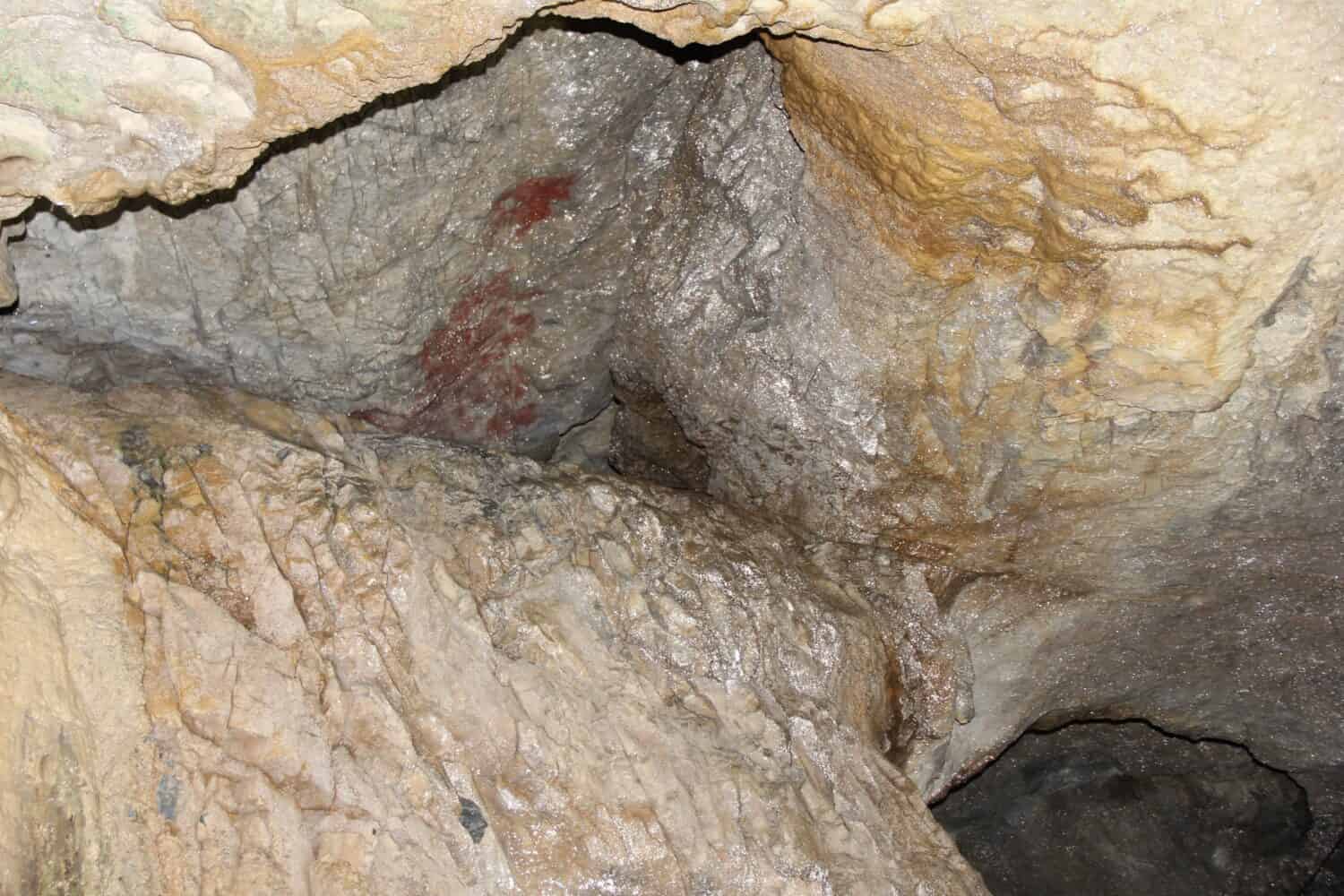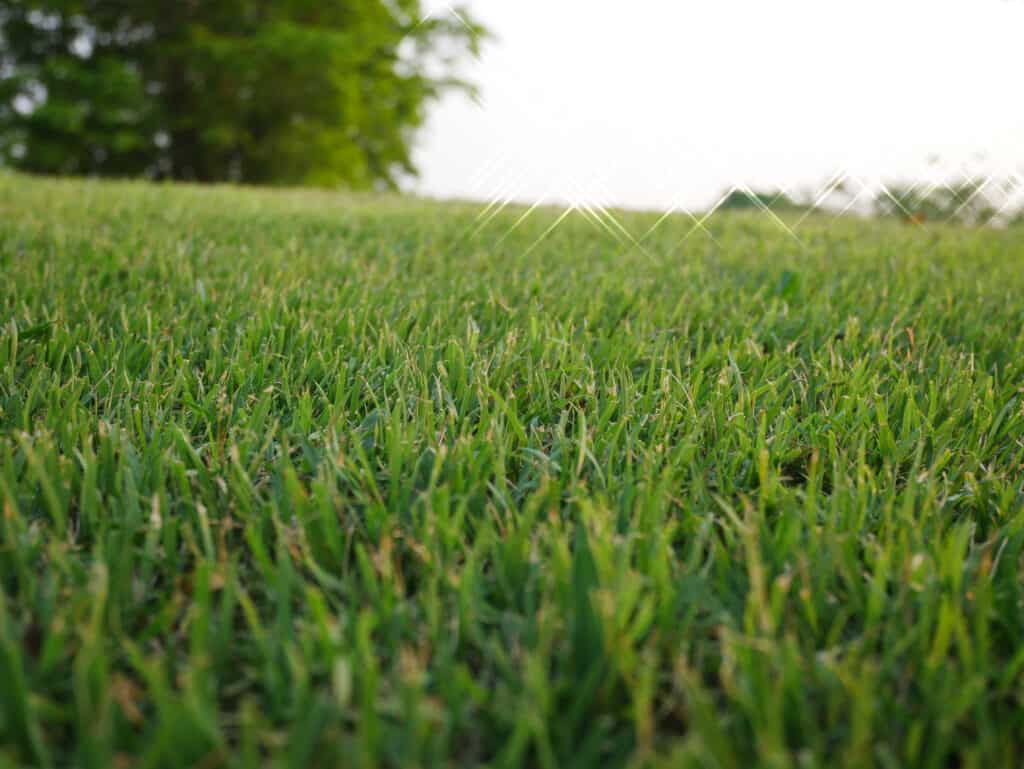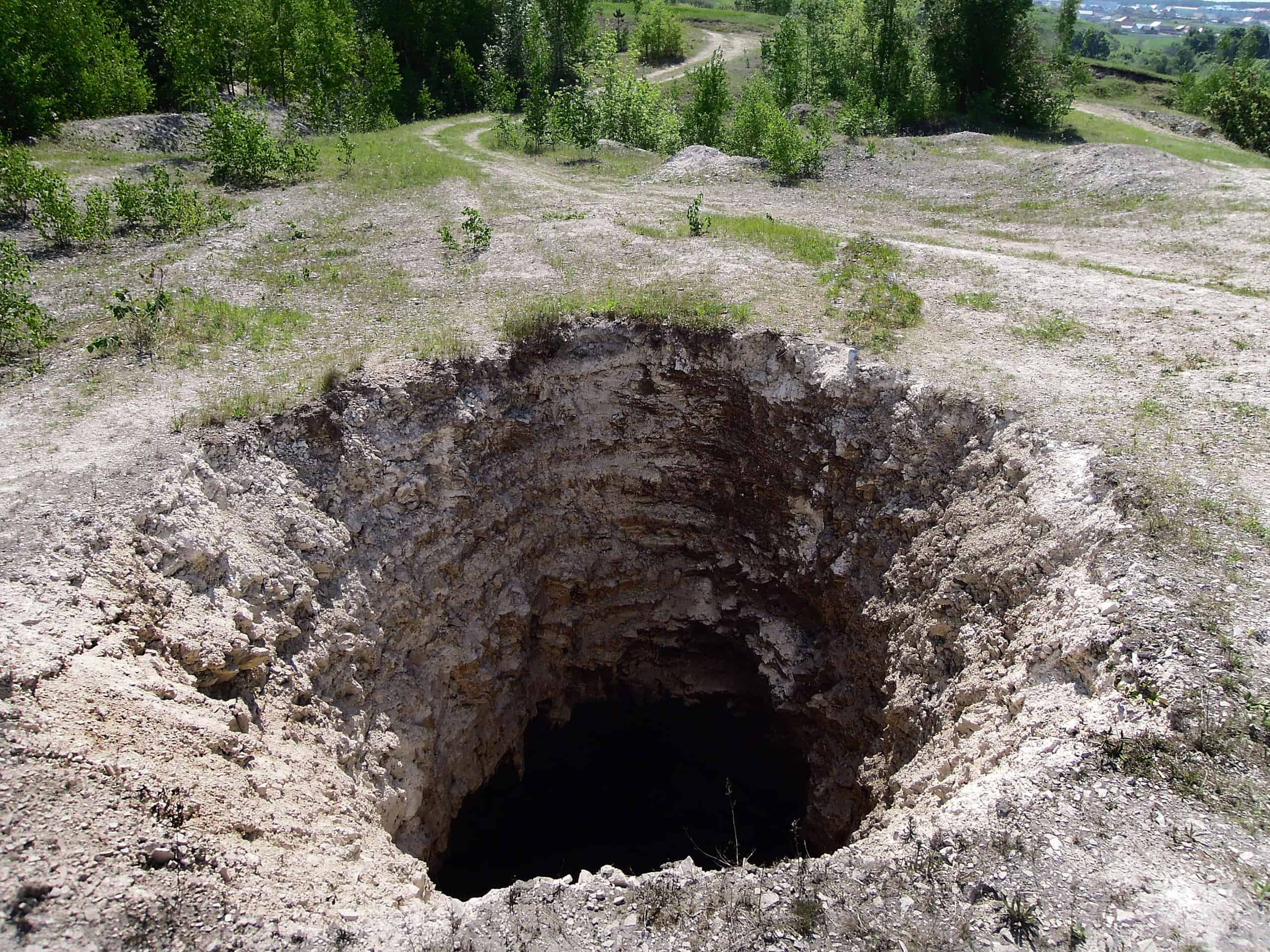For residents of Florida, sinkholes can feel like an ever-present danger lurking just underfoot. The idea of a hole opening up in the ground and swallowing your car, your house, or that high-end gazebo you spent so much money on is alarming, to say the least. But how dangerous are Florida sinkholes, and why do so many of them form in the Sunshine State? Let’s take a deep dive into the sinkhole phenomenon and get the hole story.
Aren’t Sinkholes, Like, Just Holes in the Ground?

That sinking feeling: In Florida, sinkholes can turn up in inconvenient locations.
©rbkomar/Shutterstock.com
Step one in understanding what makes sinkholes sink is to define the term. Not every hole or depression that forms in the ground is a sinkhole. Geologically speaking, a sinkhole is one type of subsidence incident, meaning it’s an incident in which a subterranean event causes the ground above it to collapse into a cavity. According to the Florida Department of Environmental Protection (FDEP), any number of factors can cause a subsidence event, including decomposing organic debris, soil that compacts after an excavation, or compressed buried trash.
So What Makes a Sinkhole a Sinkhole?

Where there’s limestone below, there might be a sinkhole above.
©Shingo76Misumaru/Shutterstock.com
“Karst,” ever heard of it? That may sound like the name of a death-metal band, but it’s actually a type of terrain formed by soluble rock, like limestone. As groundwater slowly dissolves the rock, caves and cavities form. Eventually, those spaces can become too weak to support the sediment above them. When this happens, the ground collapses into the cavity and congratulations, it’s a sinkhole. Some sinkholes are open pits, others manifest as covered depressions, depending on local conditions. Not all sinkholes are sudden, catastrophic events. Some form over the course of years. But since Florida’s bedrock is mostly limestone, sinkholes are common there. And sometimes they form in an attention-getting spot, like near a house or in a roadway.
Great, Now I’m Scared of Sinkholes.

What lies beneath? In Florida, no lawn seems safe from the sinkhole scourge.
©Joyjiraporn/Shutterstock.com
Let’s keep things in perspective. The Florida Department of Environmental Protection (FDEP) notes that most people will never be affected by a sinkhole event, and that most sinkholes are not particularly newsworthy. If you live in Florida, relax, most of the cavities underneath your feet will not collapse in your lifetime. Also, most Florida sinkhole incidents are isolated events. So a sinkhole in your neighbor’s yard will likely not trigger a subsidence event on your property. That said, sinkhole formation in Florida does seem to be on the rise. Climate change, land development, and cycles of drought followed by heavy rainfall all contribute to sinkhole risk. So it’s good for folks in sinkhole-prone areas like Florida to be aware of what sinkholes are and how to handle them.
OK, But Where in Florida do Sinkholes Occur? And Please Don’t Say “Everywhere.”
Everywhere. Sorry, but karst topography underlies the whole state, so in theory there’s no escaping Florida sinkholes. In fact, the law requires home insurers in Florida to offer sinkhole insurance as an add-on. (Technically it’s coverage for “catastrophic ground cover collapse,” which is problematic terminology in some cases, reports Forbes.) But there are areas of the state which are more prone to sinkholes than other areas, due to the distance between the limestone bedrock and the surface and the characteristics of the local water table. One way to assess sinkhole risk is to map where in the state sinkholes have been reported to the FDEP, as this interactive Florida sinkhole map shows. As you click around to check your neighborhood, keep in mind that not all reported incidents are true sinkholes. Also, reports are more likely to be filed where there are people. So this likely skews the data.
A 1985 geological survey map depicts four different types of terrain in Florida and their effect on sinkhole risk. According to that map, sinkholes are least prevalent where the ground covering the limestone bedrock is either very thin or very thick (though in the latter case, the sinkholes that do form tend to be deep). In 2013, the Florida Geological Survey launched an attempt to predict sinkhole risk based on geology, resulting in a 2017 report with this map of the areas where the terrain is most and least likely to support sinkhole formation.
A video by the University of Florida’s Thomson Earth Systems Institute states that sinkholes are most likely to occur in the so-called “sinkhole alley” of central Florida, including the counties of Pasco, Hernando, Hillsborough, Marion, and Pinnelas. There’s also a higher-risk zone that runs from central Florida northward along the western part of the state. This more or less jibes with the maps referenced above.
Aahh! There’s a Sinkhole Opening Up in Front of me Right Now!

Fill ‘er up: You can handle a small sinkhole in your lawn with a shovel and some sand or soil.
©cgalert2018/Shutterstock.com
Ok, calm down and stop yelling. Your first move should be a common-sense assessment of immediate danger. Is the sinkhole directly impacting a house or building you’re in? Vacate the premises and stay out, especially if there are signs of sinking, sagging, or cracks in the walls. Call 911 if a sinkhole threatens life or property. Absent immediate danger, call your property insurer and report the situation. Call local law enforcement to report a sinkhole that appears suddenly in a public road. You can contact the FDES to submit a subsidence incidence report and help the state track sinkhole events. The FDES also operates a sinkhole helpline, 850 245-2118.
Should a small sinkhole appear on your property, one that’s not under a structure or otherwise dangerous, you can fill it in yourself. Use clayey sand (preferred) or clean soil. Or, if the hole’s not growing and there’s no danger of anyone falling in, you can leave it be as an interesting feature of the landscape. Just don’t use it as a garbage disposal: anything that goes into the hole could contaminate local soil and water.
Thank you for reading! Have some feedback for us? Contact the AZ Animals editorial team.








